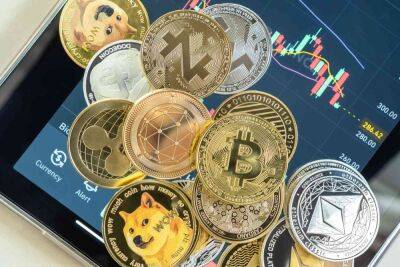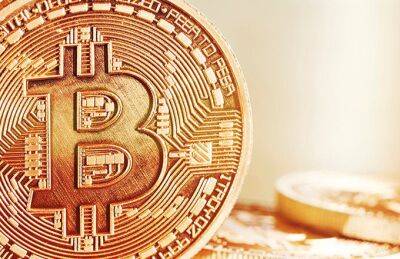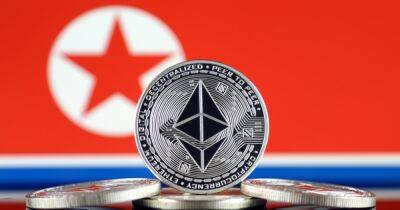The history of mining: From the stone age to the digital era
Mining is the process of extracting valuable minerals, metals and other resources from the earth. This may entail extracting minerals from underground deposits or from the earth’s surface. The minerals and resources extracted through mining are used for a wide range of purposes, including energy production, construction and manufacturing.
Mining can take many forms, including underground mining, surface mining and placer mining. The specific method used depends on the type of resource being extracted and the location of the deposit.
Moreover, the mining process typically involves several stages, including:
Mining can have a variety of effects on the environment and nearby populations, both good and bad. So, it’s critical that mining businesses use sustainable practices to reduce these effects. A new type of mining has emerged recently with the emergence of cryptocurrencies. This type of mining involves employing specialized computer hardware to verify transactions on a blockchain network.
Related: How to mine Bitcoin: A beginner’s guide to mine BTC
Let’s explore the history of mining from the stone age to the digital era.
Since the stone age, when primitive humans first began to use basic tools like hammers and chisels made of stone or bone to harvest minerals and precious stones from the soil, mining has been a part of human history. They frequently concentrated on acquiring resources that were near the surface, such as ochre for generating paintable colors and flint for making tools and weapons.
During the stone age, mining was mainly done by lone individuals or small groups as a byproduct of hunting and gathering. The scale of the operations was minor in comparison to current mining, and the methods employed were
Read more on cointelegraph.com


















